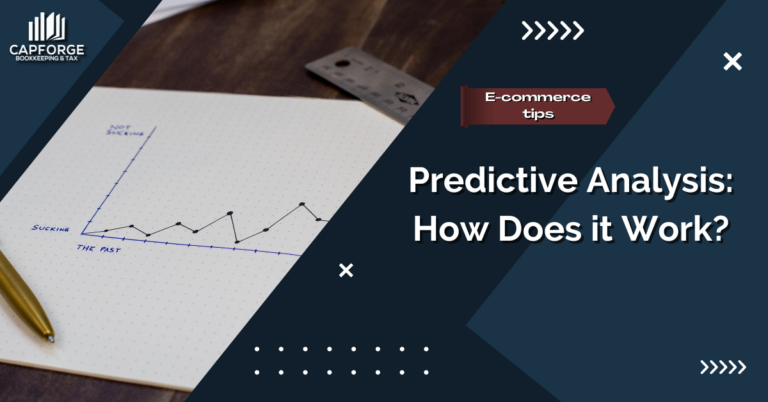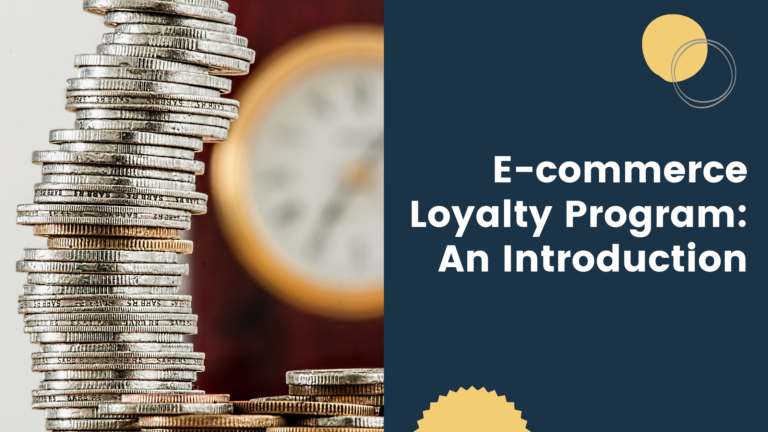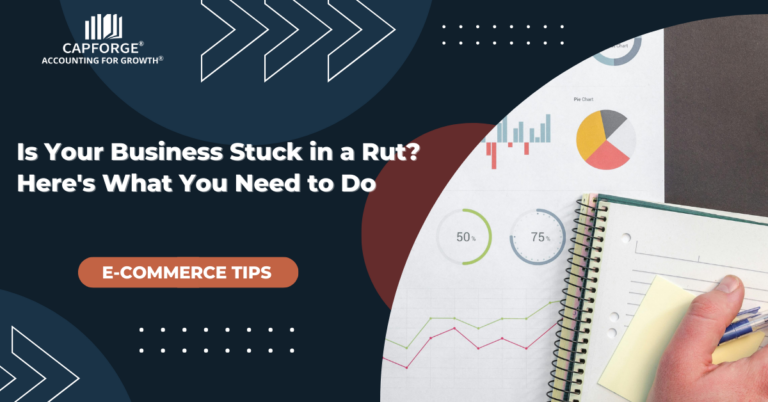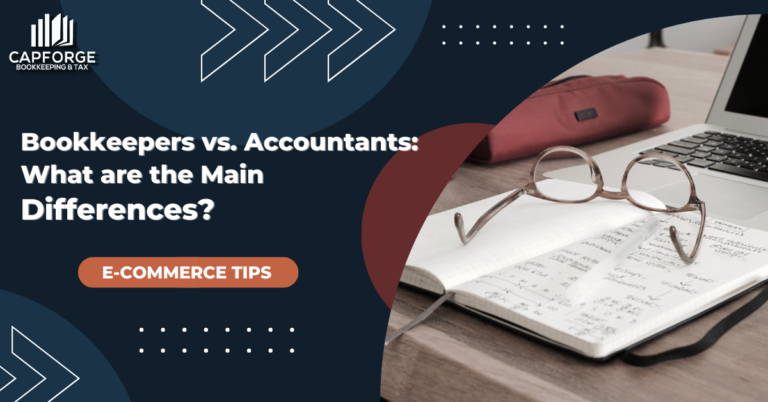How Amazon Sellers Can Prep for Prime Day 2020
On Monday, Amazon announced the dates for its much-anticipated Prime Day 2020. The annual retail event will officially take place Oct. 13–14.
For Amazon sellers, it’s the biggest event of the year. Over 175 million items were sold during Prime Day 2019, more than Black Friday and Cyber Monday combined.
But things are a little different this time around.
Prime Day, which is normally held in July to coincide with the company’s founding, was postponed this year due to the COVID-19 pandemic. For months, sellers were left wondering when the retail holiday would be rescheduled for. Now, with Prime Day 2020 less than three weeks away, many are scrambling to get ready in time.
The good news is, even with limited notice, there’s still time to prepare. Read our tips below to ensure this year’s event is as profitable (and stress-free!) as possible.
Brace Yourself, Suspensions Are Coming!
Suspensions always peak just before Prime Day. That’s because Amazon beefs up its account reviews during retail holidays. So if you have any concerns regarding the safety of your account, now would be the time to review Amazon’s Selling Policies and Seller Code of Conduct.
According to RepricerExpress, the top 10 Amazon seller suspension reasons are:
- Inauthentic
- Selling Prohibited Items
- Negative Feedback
- Opening a New Account After Being Suspended
- Rights Owner Notice Complaint
- Selling Counterfeit Items
- Duplicate Accounts
- Late Shipment Rate
- Used Item Sold As New
- Not as Advertised/Wrong Item
One thing to be particularly aware of this year is price gouging, which became a serious issue early on in the coronavirus pandemic. According to Public Citizen, some essential products were marked up by as much as 1,000%.
After receiving thousands of complaints, Amazon went to extraordinary measures to crack down on the practice, even urging Congress to pass a federal law prohibiting price gouging during national emergencies. Aside from price gouging being unethical, sellers should note that it’s also illegal in some states, with penalties ranging from fines to jail time.
“Amazon has already removed well over half a million of offers from our stores due to coronavirus-based price gouging,” the company’s blog states. “We have suspended more than 3,900 selling accounts in our U.S. store alone for violating our fair pricing policies. We began taking these enforcement actions promptly upon discovering this kind of misconduct, and we’ve been partnering directly with law enforcement agencies to combat price gougers and hold them accountable.”
Stock Up
Running out of stock may sound like a good problem to have, but it actually has some major repercussions that many sellers are unaware of.
For starters, you lose sales and your competitive edge. That’s because Amazon automatically removes your listing whenever you go out of stock and marks it as “inactive.” And without an active listing, you can’t make any sales since Amazon doesn’t allow customers to preorder an item that is in the process of being restocked. Instead, your would-be customers get rerouted to your competitors.
This also puts your product sales rank and visibility at stake. More sales for your competitors can result in more product reviews which can ultimately end up boosting their SEO. By the time you’re restocked and your listing is reactivated, you may find that you’re no longer ranking in the top search results. Womp, womp.
All that aside, you also risk upsetting your customers. If you accidentally sell more products than you currently have in stock, you’ll have to notify the customer that you don’t actually have the item they just bought. As a result, they usually end up purchasing from your competitor (and may even leave you a negative review).
It’s an issue that fintech company Payability says is avoidable—if you do your research.
“If you’re a seasoned business owner, take a look at your sales trends over the last year to get a sense for your high sales velocity days, weeks, or months,” Payability contributor Miranda Eifler writes. “And if you’re new to Amazon, look up the sales history for a product you might start selling so you have a general sense for its high demand days.”
But even the most prepared Amazon sellers still find themselves in a jam sometimes due to extraordinary demand. If you wind up in this position, you can use the following emergency measures to slow down your sales:
- Pause any marketing or advertising campaigns
- Decrease demand by increasing price (within reason; do not price gouge)
- Change your listing status to “on vacation” (note that this only turns self-fulfilled listings inactive; if you use FBA, the listing will remain active)
Get Your Ads In Gear
Ideally, sellers should begin running ads 2-3 weeks prior to Prime Day, as that’s when consumers begin researching deals. But experts say sellers shouldn’t stop there.
“Brands should leverage the additional traffic coming to Amazon as well as the higher conversion rates by approaching tentpole events like Prime Day with a three-tiered approach,” says Jackie Bui, Senior Manager, Amazon & Marketplace Channels at digital marketing agency Tinuiti. “A well-rounded advertising strategy that targets different areas of the advertising funnel during the lead-up period, the promotional period, and the lead-out period will allow you to maximize your reach to meet return and awareness-based goals.”
Another tip for getting the most out of your ads is to use a combination of Sponsored Product Ads, Sponsored Brands, and Product Display Ads.
“I specifically recommend building out video in Sponsored Brands,” says Meghan Andrade, Director of Business Development, Amazon & Marketplaces at Tinuiti. “We have found that, on average, we are seeing quadruple the click-through rate (CTR) for our clients versus the original Sponsored Brands ads. It’s a great way to stand out while taking advantage of the opportunity to showcase how to use a product and send traffic back to a storefront to tie everything together.”
If you have a website, you may also consider creating a page specifically for Prime Day that features all the deals and discounts you’re offering. Use this as your landing page for ads you run outside of Amazon, like Bing, Google, or Facebook.
Blast It On Social Media
You don’t necessarily have to spend money to promote your deals and discounts. You can leverage the power of social media to help get the word out.
To maximize your reach, make sure to use branded hashtags and keywords related to your industry. You might also consider using the following:
- #PrimeDay
- #PrimeDay2020
- #PrimeDayDeals
- #PrimeDayDeal
- #PrimeDaySale
- #AmazonPrime
- #AmazonPrimeDeals
- #AmazonDeals
- #AmazonSale
- #AmazonSales
- #AmazonDealOfTheDay
- #AmazonFinds
Want to find additional hashtags? Try using a research tool like Hashtagify.
Bundle Up
One of the most effective ways to increase your average order value is by bundling items that are frequently purchased together. Cliff and Jessica Larrew of The Selling Family used this strategy to increase their profit margins and move more inventory.
But it’s not just sellers that benefit from product bundles—it’s customers, too. When similar items are grouped together, it provides customers the opportunity to save money and time by purchasing everything they need with one click.
Ready to get started? Not so fast. Make sure you review Amazon’s Product Bundling Policy first.
Strike Lightning Deals
If you want to grow your brand awareness and sales as quickly as possible, then you’ll want to strike a Lightning Deal.
A Lightning Deal is a promotional offer wherein you can list your product on the Amazon Deals page for a short period of time (typically for 4–12 hours).
Currently, only professional sellers with at least a 3-star rating can run Lightning Deals. In addition, they must meet the following requirements:
- Prime eligible in all regions
- Not an offensive or restricted product, nor inappropriate or embarrassing
- Product is in new condition
- Include variations (as many as possible)
- Comply with pricing policies
- Comply with product review policies
- Comply with deal frequency policies
Another thing you should know is that Lightning Deals are not cheap. While the fees are not fixed, prices can run as high as $500 per listing during peak shopping times like Prime Day.
Cut Yourself Some Slack
No one knows what—if any—impact COVID-19 will have on Prime Day 2020.
A pandemic-induced surge in online shopping earlier this year suggests that Prime Day 2020 sales may hit an all-time high. But with additional layoffs and pay cuts looming on the horizon, it’s just as probable that consumers are aiming to reduce their spending.
In these unprecedented times, it’s important that Amazon sellers cut themselves some slack. At the end of the day, you can do everything right but still fall short of your goals due to factors outside your control.
In short, prime yourself (hehe, get it?) for the uncertainty that lies ahead.








